Are you an eco-conscious UK dweller looking for a sustainable living solution that combines minimalist luxury with compact spaces? Look no further than stationary tiny homes. These alternative housing options offer the perfect blend of style and sustainability, making them an increasingly popular choice for those seeking a more minimalist and eco-friendly lifestyle.
Stationary tiny homes provide a unique living experience that challenges the notion of traditional housing. With their space-saving designs and off-grid capabilities, these compact homes offer a sustainable solution for those looking to minimize their carbon footprint and live in a more environmentally friendly way. Whether it’s for permanent living, a vacation home, or an Airbnb rental, stationary tiny homes provide a practical and eco-conscious alternative to traditional housing.
Key Takeaways:
- Stationary tiny homes offer a sustainable living option for eco-conscious UK dwellers.
- These compact homes provide minimalist luxury in compact spaces.
- Stationary tiny homes are becoming a popular choice for alternative housing in the UK.
- They offer the opportunity to live in a more eco-friendly way, reducing your carbon footprint.
- With their space-saving designs and off-grid capabilities, stationary tiny homes are a practical and sustainable housing solution.
The Benefits of Stationary Tiny Homes.
Stationary tiny homes offer a range of benefits for those looking to downsize and live a more sustainable lifestyle. These small living spaces provide an opportunity to reduce carbon footprint and live in a more environmentally friendly way. With their space-saving design and eco-friendly features, such as renewable energy solutions, stationary tiny homes offer a unique and sustainable housing option for individuals and families in the UK.
- Small living spaces: Stationary tiny homes maximize every square inch to create functional and comfortable living spaces. Despite their compact size, these homes are designed to meet the needs of their occupants without sacrificing comfort.
- Sustainable housing: Choosing a stationary tiny home is a commitment to sustainable living. These homes can be equipped with renewable energy sources, such as solar panels, to reduce reliance on traditional power grids. Additionally, their smaller size means less energy is needed to heat and cool the living spaces, further reducing environmental impact.
- Space-saving design: Stationary tiny homes are expertly designed to optimize space utilization. From clever storage solutions to multi-functional furniture, every aspect of the design aims to maximize functionality in limited spaces.
- Eco-friendly living: Living in a stationary tiny home encourages a more eco-friendly lifestyle. These homes promote conscious consumption and minimalism, as occupants must carefully consider their possessions and prioritize sustainable choices.
By embracing small living spaces and adopting sustainable housing practices, individuals and families can reduce their environmental footprint and embrace a more minimalist lifestyle. Stationary tiny homes provide the perfect platform for achieving these goals while offering comfort, functionality, and an opportunity to live in harmony with nature.
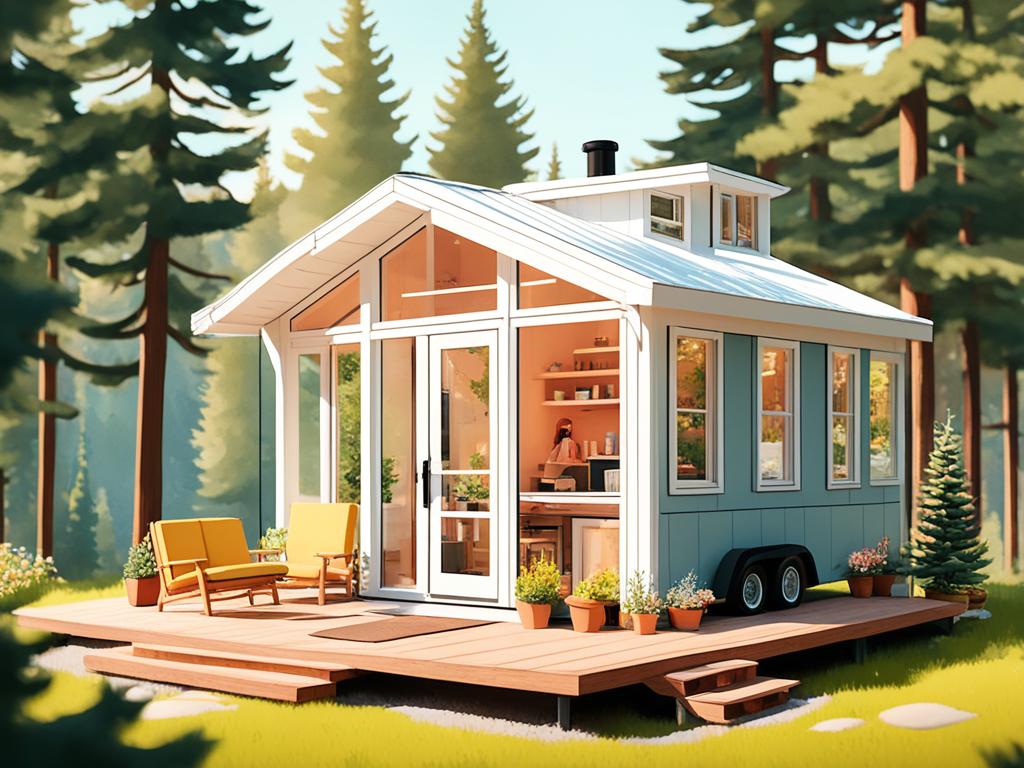
Designs and Features of Stationary Tiny Homes.
Stationary tiny homes offer a variety of appealing designs and sizes to cater to diverse needs and preferences. Crafted by skilled tiny home builders, these homes boast stylish and spacious layouts that maximize every square inch of available space.
One of the key features of stationary tiny homes is their space-saving design. These compact homes are carefully designed to make efficient use of space, allowing for easy customization and ensuring that every nook and cranny serves a purpose.
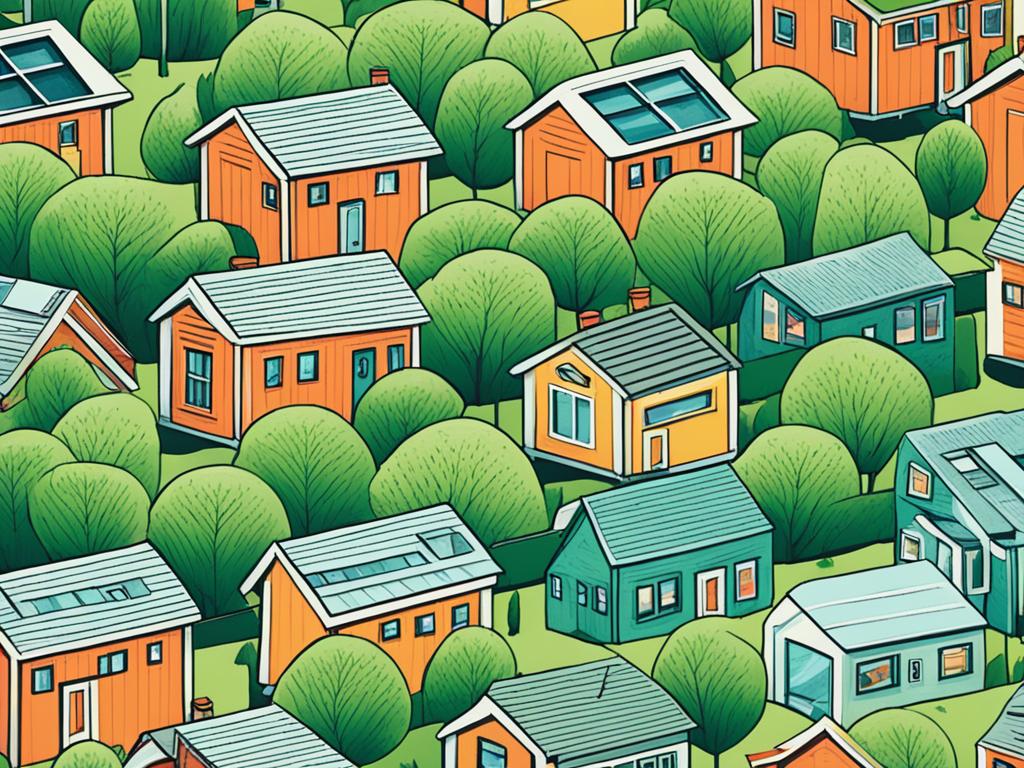
Double glazed windows are a common feature in stationary tiny homes, offering excellent insulation and energy efficiency. The use of LED lighting not only reduces energy consumption but also enhances the overall ambiance of these compact living spaces. Many stationary tiny homes also incorporate solar power systems, allowing for sustainable and eco-friendly electricity generation.
Additionally, these homes often come equipped with clever storage solutions such as built-in cabinets, hidden compartments, and multi-functional furniture. These features help maximize storage space and minimize clutter, ensuring that every item has its designated place.
Moreover, stationary tiny homes prioritize sustainable living. They often incorporate eco-friendly materials such as reclaimed wood and energy-efficient appliances, contributing to a reduced ecological footprint. These homes provide an opportunity for individuals and families to embrace a minimalist and sustainable lifestyle.
Whether you’re looking for a compact home that reflects your personal style or a sustainable living space that prioritizes eco-consciousness, stationary tiny homes offer versatile designs and features that cater to your unique needs.
Cost and Dimensions of Stationary Tiny Homes.
Stationary tiny homes offer a compact and sustainable housing solution, making them perfect for off-grid living and affordable housing. These small homes are available in various dimensions and price points, catering to different budgets and needs. Whether you’re a single individual or a family of four, there’s a stationary tiny home that can suit your requirements.
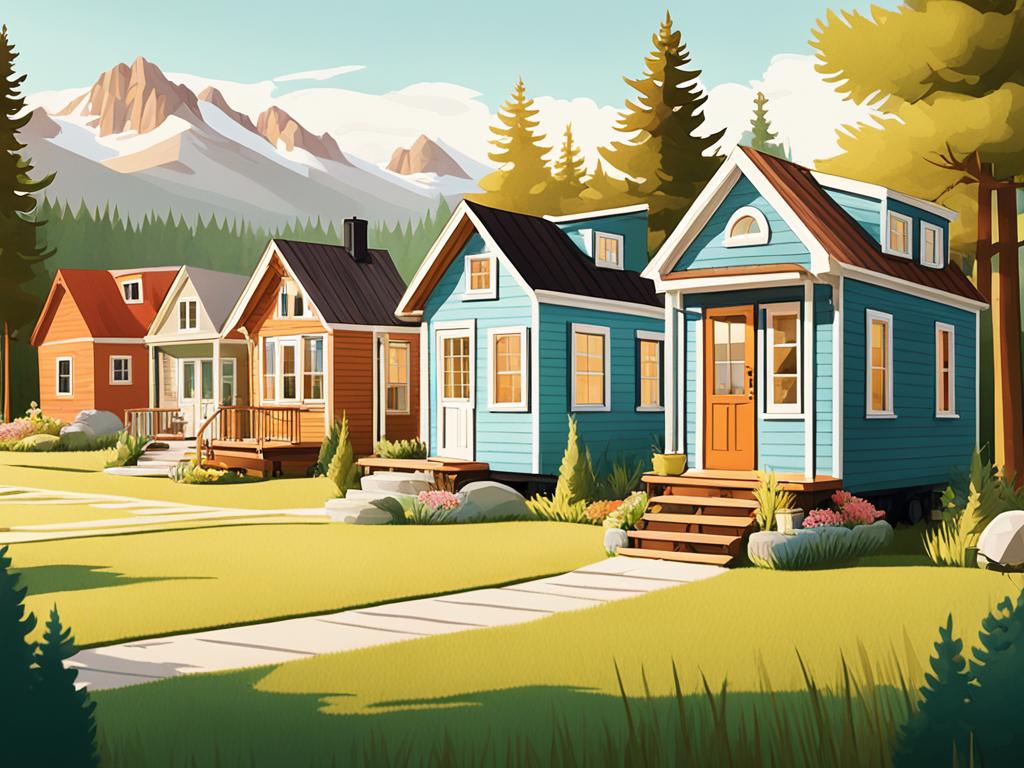
Affordable Options
Prices for stationary tiny homes start from £30,000 +VAT for a 3.6m tiny home, offering an affordable and sustainable solution for those looking to downsize or find an alternative housing option. With their small footprint and clever design, these compact homes provide a cost-effective way to own a property without breaking the bank.
Dimensions
Stationary tiny homes come in different sizes to accommodate varying needs. The dimensions of these homes range from 3600 x 2400 x 3750 to 7000 x 2400 x 4300. Despite their compact size, these homes offer enough space to comfortably sleep 1-4 people, making them suitable for individuals, couples, or small families.
Sustainable Living
One of the primary advantages of stationary tiny homes is their eco-friendly nature. With their small footprint, these homes promote sustainable living by requiring less energy and resources to build and maintain. By choosing a stationary tiny home, you’re making a conscious choice to reduce your environmental impact and embrace a more sustainable lifestyle.
Whether you’re looking to embrace off-grid living or find an affordable housing option, stationary tiny homes provide a practical and sustainable solution. Their compact design, affordable price tags, and customizable options make them a popular choice for those seeking a more minimalist and eco-conscious way of living.
Pros and Cons of Stationary Tiny Homes.
When considering stationary tiny homes, it’s important to weigh the pros and cons to determine if this alternative housing solution is the right fit for you. Here are some factors to consider:
Pros of Stationary Tiny Homes
- Permanent Living: Stationary tiny homes provide a permanent living solution, giving you the opportunity to create a home that suits your needs and personal style.
- Affordable Housing: These homes offer a more affordable option compared to traditional houses, making homeownership more accessible for many individuals.
- Eco-Friendly Living: By downsizing to a smaller space, you can live in a more sustainable and eco-friendly way, reducing your carbon footprint.
Cons of Stationary Tiny Homes
- Lack of Mobility: Unlike portable tiny homes, stationary tiny homes are fixed to a specific location and lack the flexibility to be easily moved or relocated.
- Environmental Changes: Changes in the surrounding environment could impact your stationary tiny home, such as nearby construction or zoning changes.
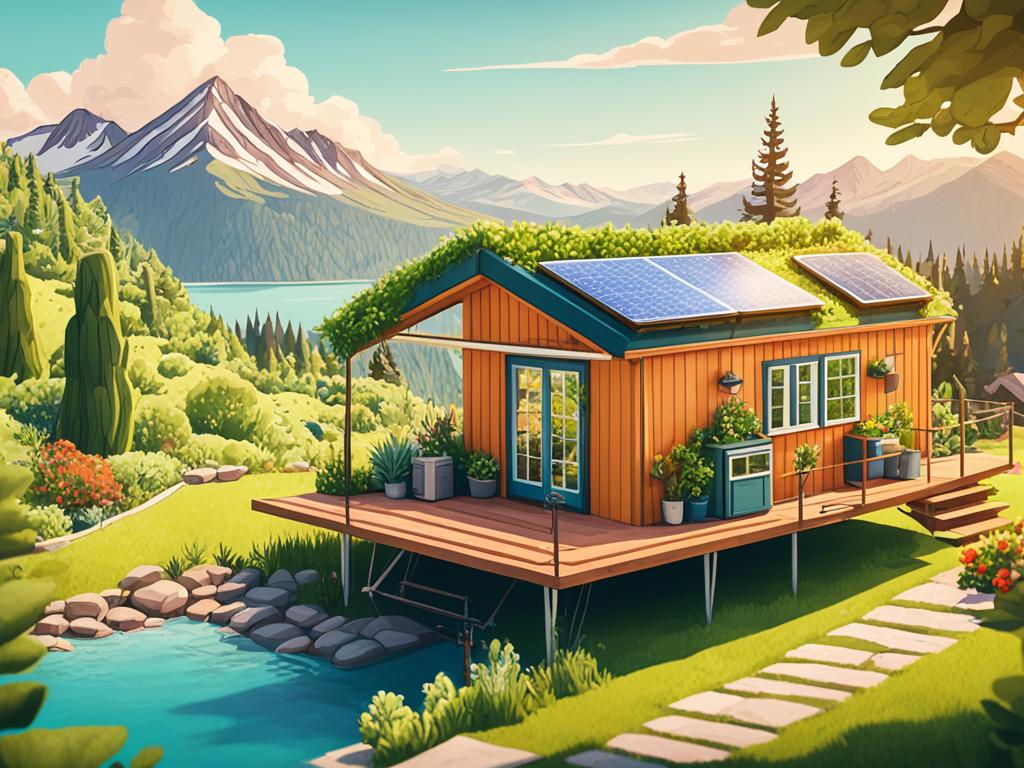
Portability and Utilities in Stationary Tiny Homes
Unlike portable tiny houses, stationary tiny homes are not designed to be easily moved from one location to another. Once placed on a plot of land, they become a permanent fixture. This means that utility connections, such as water, electricity, and sewage, can be easily established, offering a more traditional living experience.
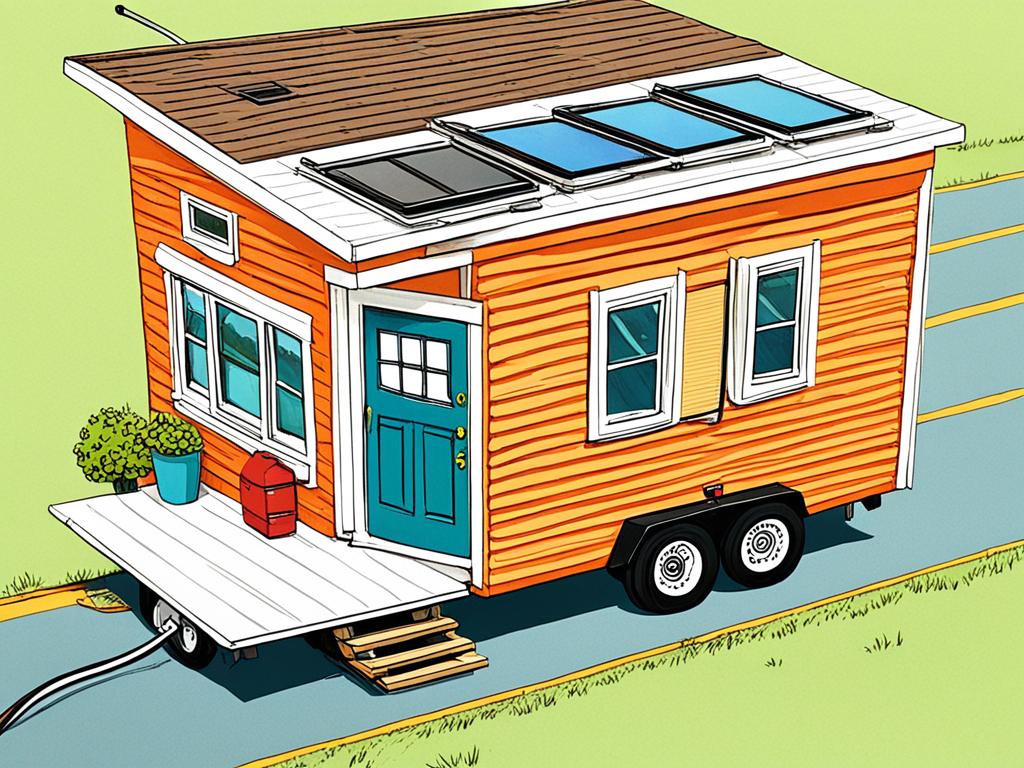
Portable tiny houses, on the other hand, require different utility setups and may rely on compost toilets and alternative power sources, such as solar panels. These portable homes are designed to be more self-sufficient and suitable for off-grid living. The choice between portability and utility connections is an important consideration when deciding on a tiny home.
While portable tiny houses offer the flexibility to move and explore different locations, stationary tiny homes provide a sense of permanence and familiarity. The utility connections available in stationary tiny homes allow for a more convenient and comfortable living experience, without the need for alternative power and sanitation solutions.
Whether you prioritize the ability to move your home or the convenience of utility connections, there is a tiny home solution to suit your needs. Consider your lifestyle preferences and priorities when deciding whether a portable or stationary tiny home is the right choice for you.
Conclusion
Stationary tiny homes provide a practical and sustainable solution for those looking to embrace a more minimalist and eco-friendly lifestyle. With their space-saving designs, affordability, and customizable options, these compact homes have gained popularity as an alternative housing choice in the UK. Whether you are seeking a permanent living space, a vacation home, or an Airbnb rental, stationary tiny homes offer a unique and stylish solution for small living spaces.
When considering a stationary tiny home, it is important to weigh the pros and cons. On the positive side, these homes allow for creative customization, provide an affordable housing option, and offer the opportunity to live in a more sustainable and environmentally friendly way. However, it is worth noting that stationary tiny homes lack mobility and can be subject to changes in the surrounding environment.
Ultimately, the decision to embrace a stationary tiny home lifestyle depends on your individual needs and preferences. If you are seeking a compact and sustainable housing option, stationary tiny homes provide an ideal choice. Their space-saving designs, affordability, and customizable options make them an attractive alternative for those looking to downsize and live a more minimalist life.


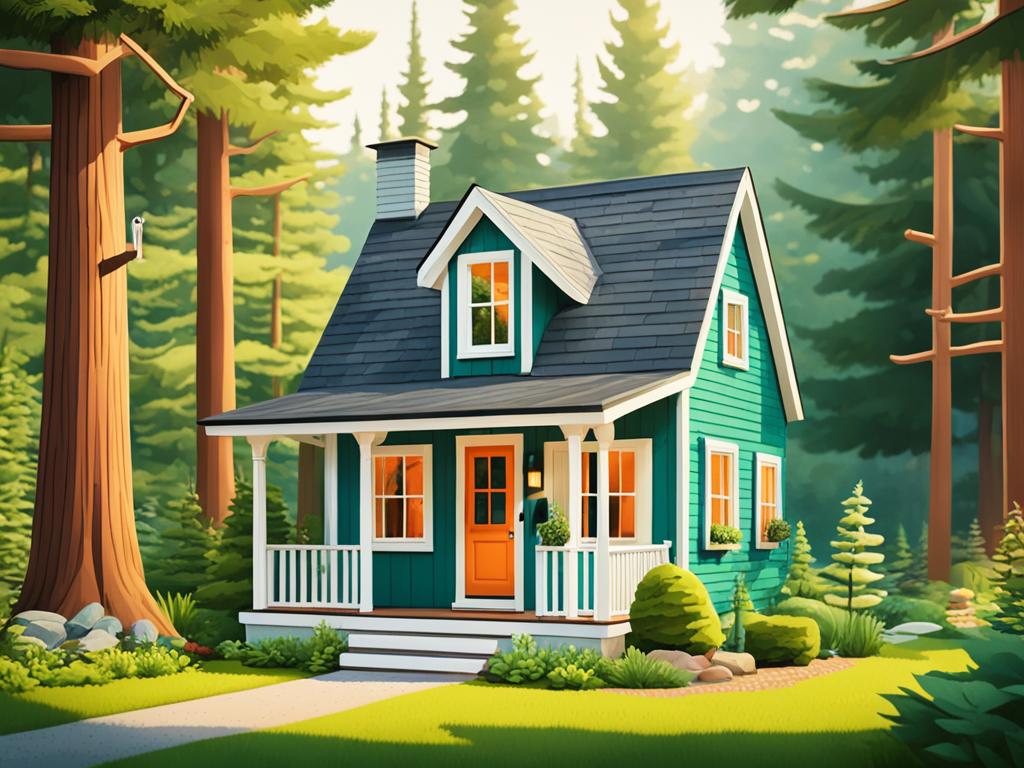



Join The Discussion